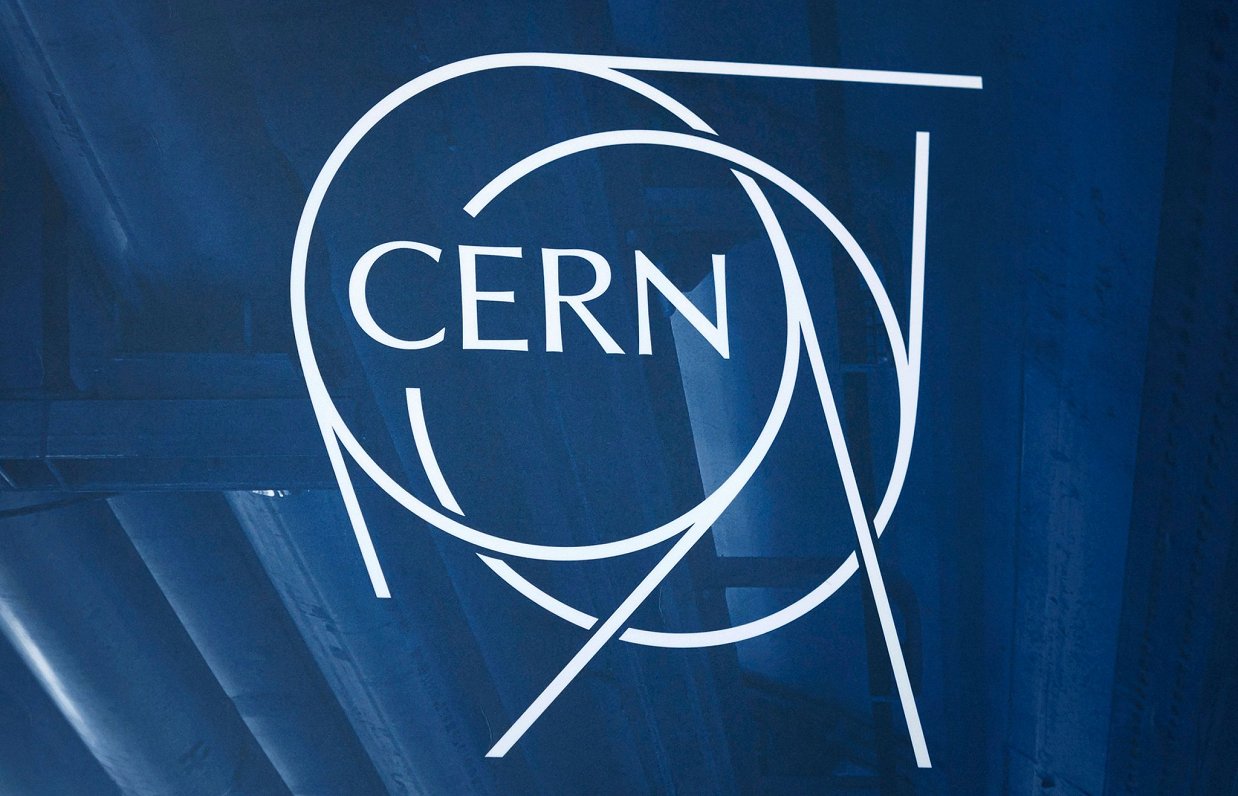At the current stage of development, the robot is able to recognize a human being and determine whether there is a heartbeat and lung activity. Artūrs Ivanovs, Riga Technical University (RTU) researcher, worked for several years at the European Organization for Nuclear Research (CERN), where a robot was created with a team of researchers.
The Large Hadron Collider, created by CERN, is located in a tunnel of 27 kilometers, approximately 100 meters underground on the Swiss-French border. If a fire broke out in the tunnel, the rescuers' squad could only arrive at the scene in about half an hour, so scientists set up a robot that could be involved in rescuing the victims. The researchers' team also worked with Riga Technical University researcher Artūrs Ivanovs, who designed a robot radar system so that it could recognize people and their vital signs.
“Of course, the robot can't completely replace the firefighter, but the functions that the robot could take on already now are fire-extinguishing and localizing. And what's more important is that a robot can gather information before rescuers arrive, whether there are people at the site of the event. It is done using different types of cameras and, once a person is identified, it is possible to even say what condition they are and whether they are conscious. If a person is unconscious, it is possible to detect lung activity and heartbeat by means of radar without contact,” said Artūrs Ivanovs.
The robot is a small train-like construction with several wagons CERN has so far used for monitoring — measurements of radiation or oxygen in the tunnel. The robot with the rescue function is still at the stage of formation. Navigation work is being carried out so that it is able to focus on where it goes. It is planned that it will be permanently located in the Large Hadron Collider Tunnel and be able to react more quickly in the event of disasters.
The robotics engineer estimates that a robot with the new program could also come to the rescue in the event of disasters to help reach people in tunnels and other hard-to-reach areas.
Artūrs Ivanovs worked for nearly four years at CERN in Geneva. In March, the project was finished and he returned to Riga Technical University.





























